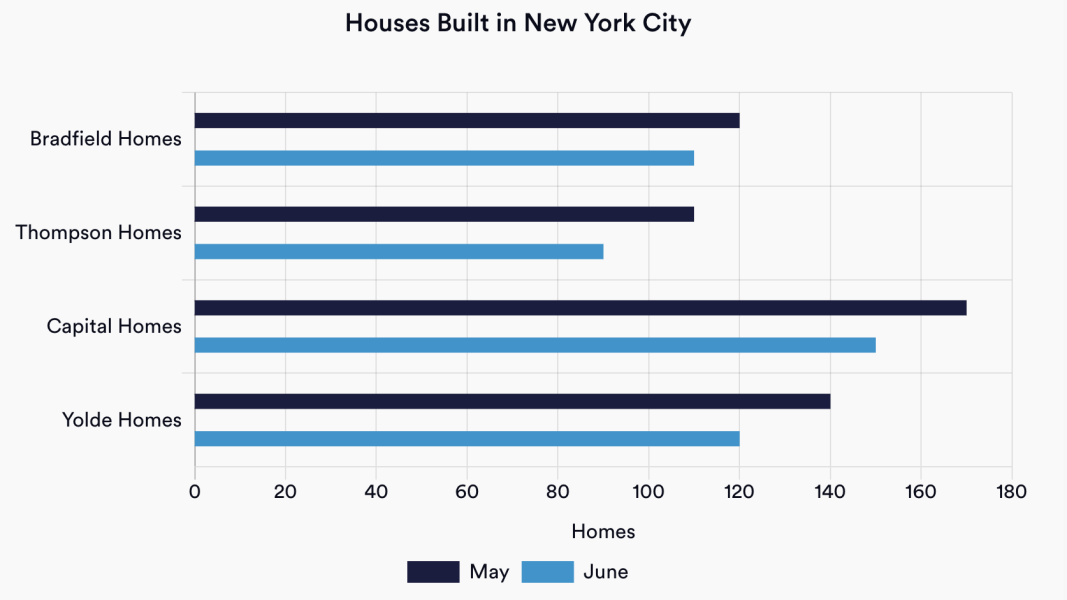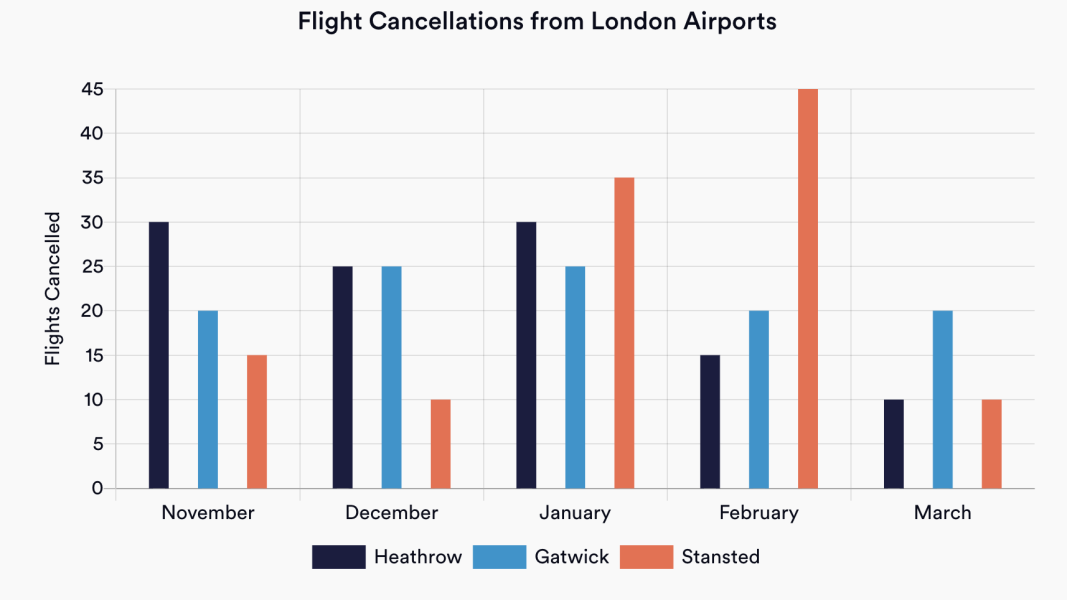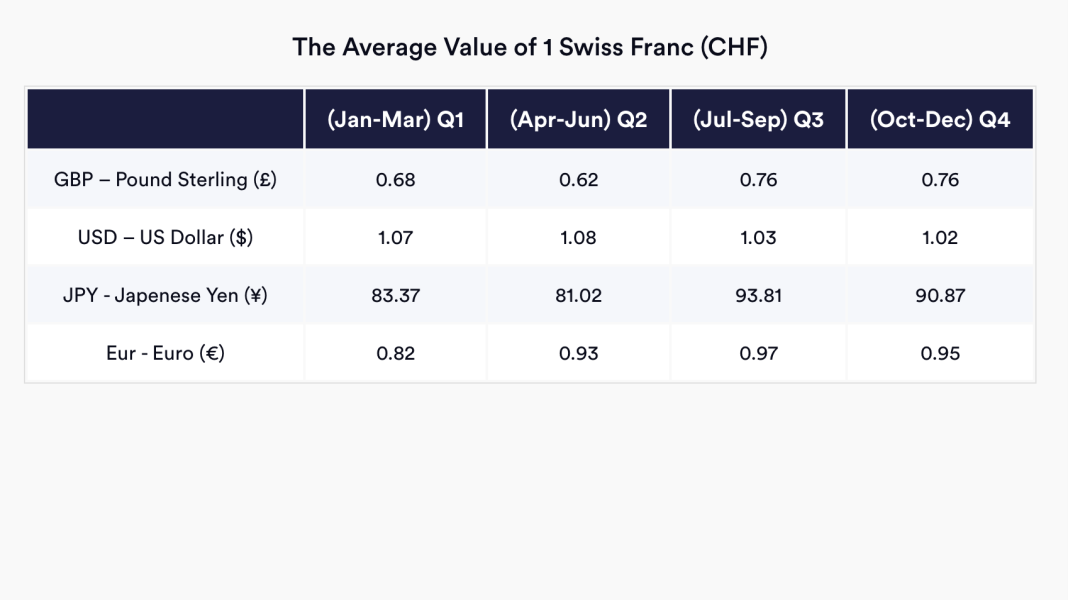Are SHL numerical tests difficult?
The tests are designed to be challenging, as they act as a filter for employers who are looking to take only the best candidates forward. The good news is, if you’re applying for a job that requires you to take an SHL numerical test, you’re probably pretty adept with numbers already— so it’s just about ensuring you’ve put enough practice and preparation in before the test to sharpen your skills.
How are SHL numerical tests scored?
The tests are scored comparatively, which means your score will be compared to the scores of every other candidate who took the test. This is preferable to a benchmark pass rate or normative scoring, as it takes into account how hard the test was.
How long is an SHL numerical test?
The SHL numerical test usually comprises 18 questions, for which you’ll have between 17–25 minutes to answer. It’s important to check how long you have at the start, so you can give yourself a time allowance for each question.
Can you use a calculator?
The answer to this varies from test to test. As such it’s essential to find out before you start practising past tests, so you know whether you can use a calculator or not.
If you are allowed to use a calculator, it’s wise to familiarise yourself with the model you have and make sure you know how to get the best from all of the different functionalities.
Where can I practice numerical reasoning tests?
You can start with the numerical reasoning tests on this website, where there’s also plenty of tips and tricks from industry insiders, helpful blog posts and advice from people who have taken the tests previously.
How can I improve my numerical reasoning?
There really is nothing better than practising past tests. Doing so helps you to get quicker, familiarise yourself with the different questions, work out which areas you need to brush up on and ensures you enter the test with confidence that you can face what’s in front of you.














